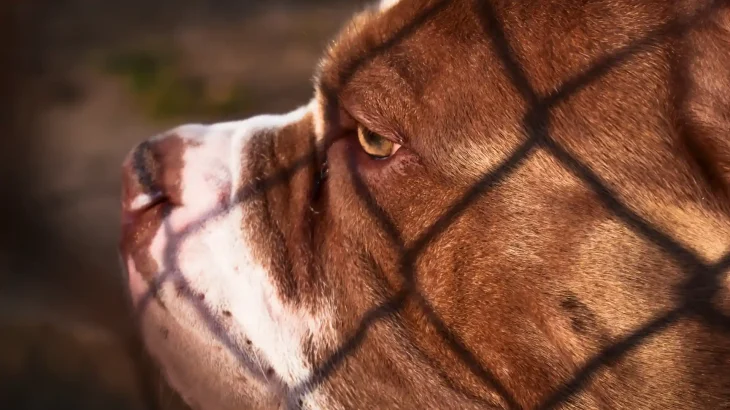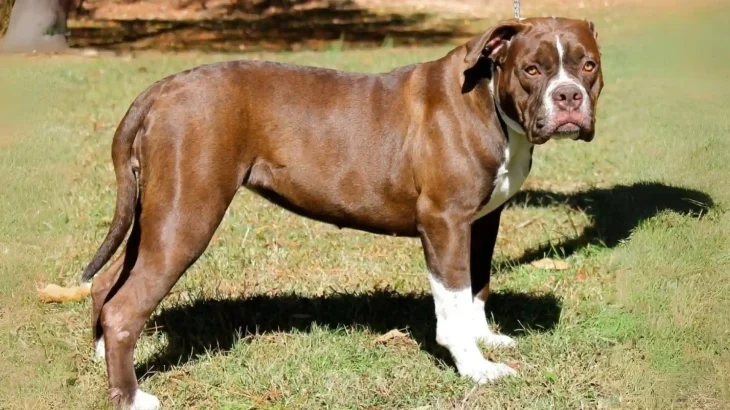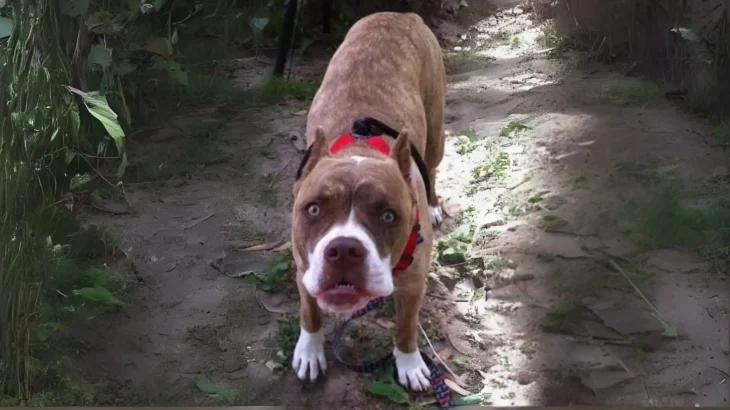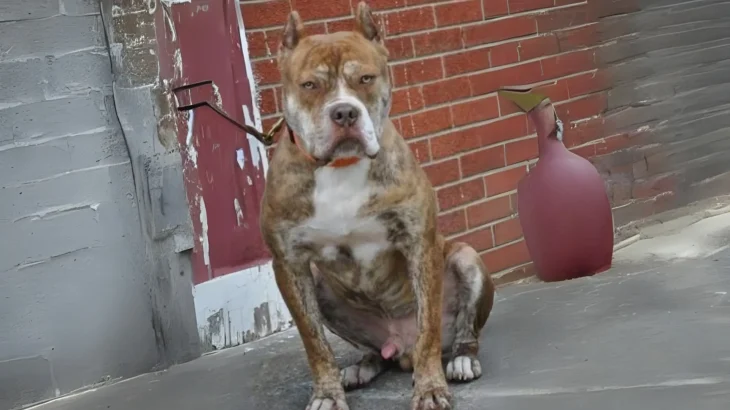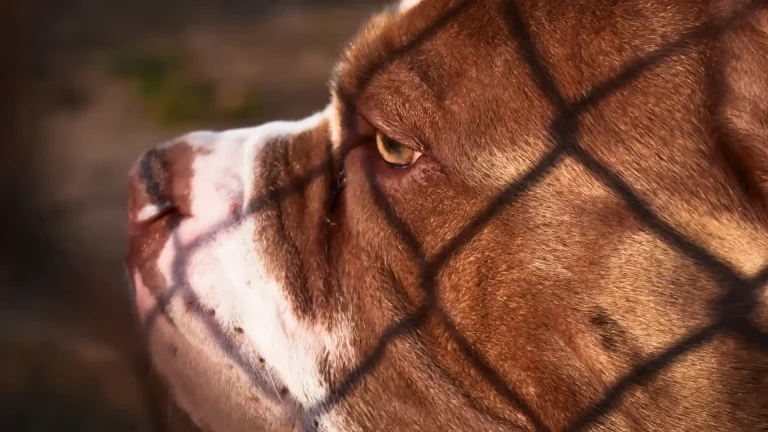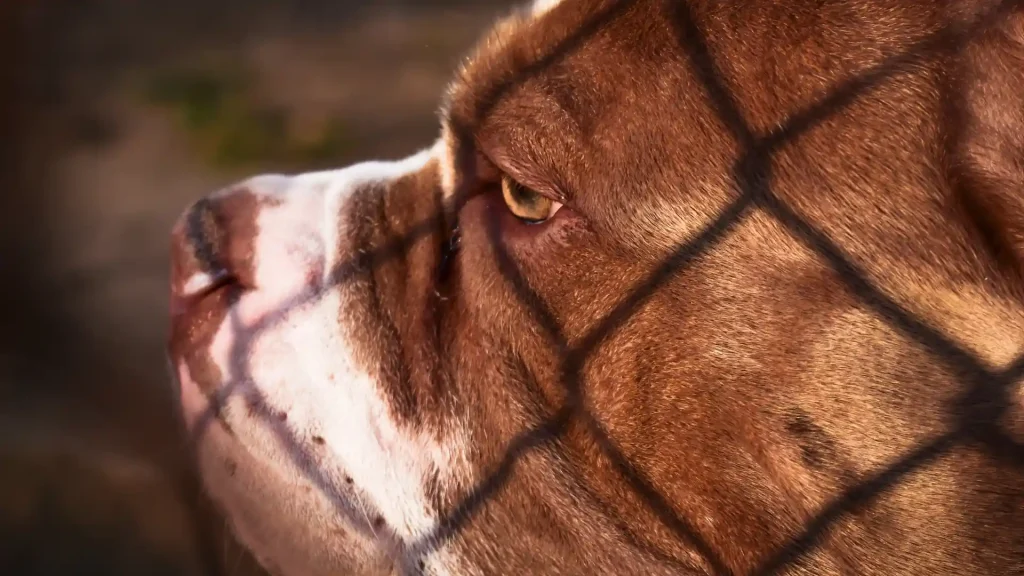Deciding whether to adopt or purchase a Red-Tiger Bulldog puppy involves balancing factors like cost, health knowledge, and ethical considerations. While buying from a breeder can offer detailed health and pedigree insights, adopting may allow you to rescue a dog in need and support animal welfare efforts.
Adoption vs. Breeder: Pros & Cons
| Criteria | Buying from Breeder | Adopting from Shelter/Rescue |
|---|---|---|
| Cost | Typically higher; puppies can cost several thousand dollars due to breed rarity. | Usually lower adoption fees; more affordable way to bring a dog home. |
| Health History | Breeders often provide detailed health records and genetic testing results. | Health history may be uncertain; basic health assessments are common. |
| Age Availability | Primarily puppies, allowing you to raise the dog from an early age. | May find a variety of ages, including adults needing a second chance. |
| Temperament Insight | Breeders can share lineage temperament traits and puppy socialization. | Shelters observe current behavior but full background may be unknown. |
| Supporting Practices | Supports responsible breeding but requires careful breeder selection. | Supports animal rescue and reduces shelter overpopulation. |
| Ethical Considerations | Ethics depend on breeder practices; avoid puppy mills and unethical breeders. | Promotes rescue of dogs needing homes; may save a life. |

